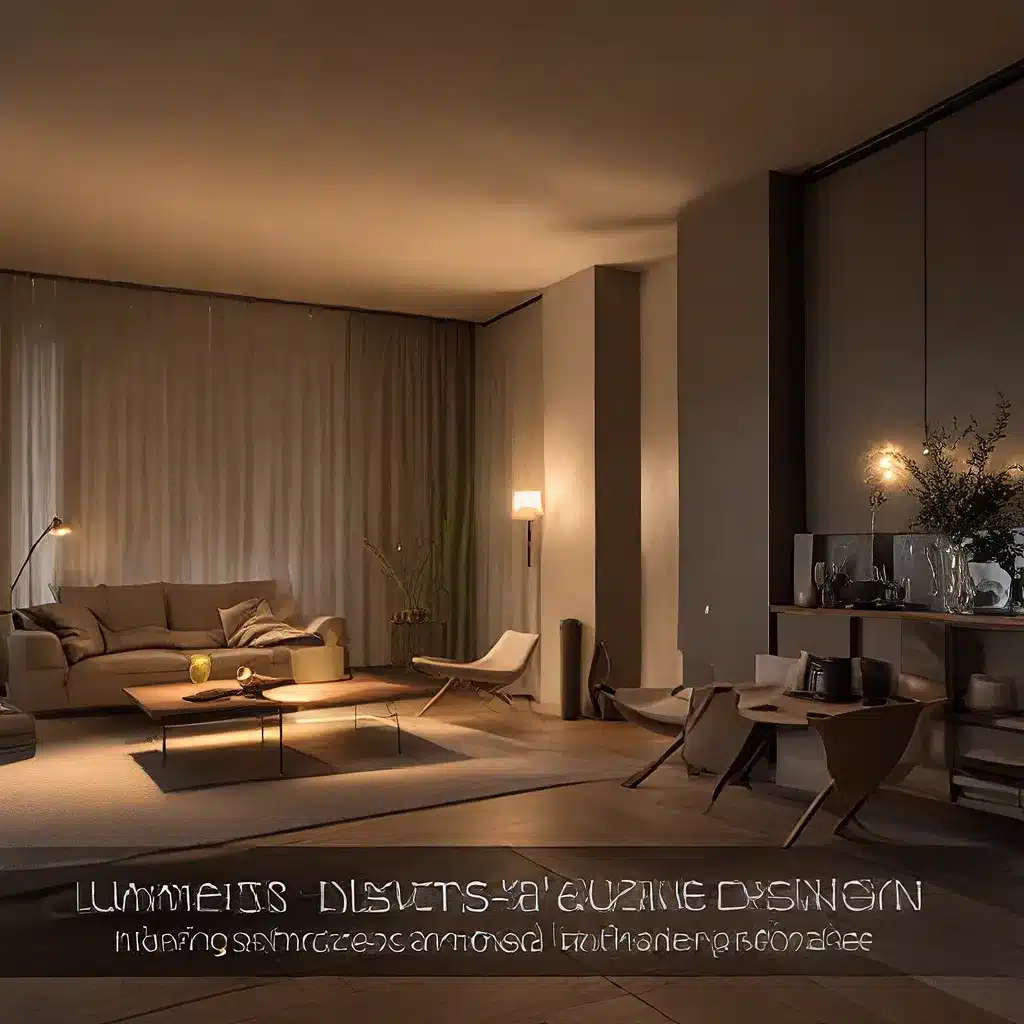
In the world of interior design, lighting is more than just a functional necessity – it’s a powerful tool for creating ambiance and atmosphere. As spaces evolve to serve multiple functions, the importance of strategic lighting design becomes even more pronounced. By layering different types of lighting, designers can enhance the functionality and aesthetics of any room, transforming it into a visually captivating and commercially successful environment.
The Art of Light Layering
Light layering involves the strategic combination of ambient, task, and accent lighting to create depth, texture, and ambiance within a space. This technique allows designers to craft dynamic and adaptable spaces that meet the diverse requirements of homeowners, businesses, and their clientele.
Ambient Lighting: The Foundation
Ambient lighting serves as the foundation of any lighting design, providing overall illumination to the space. In multi-functional areas, such as living rooms or open-plan offices, ambient lighting should be uniform and diffused to ensure even distribution of light. This can be achieved through the use of overhead fixtures, such as recessed lights, track lighting, or surface-mounted fixtures.
Task Lighting: Focused Illumination
Task lighting is essential for performing specific activities, such as reading, cooking, or working. In multi-functional spaces, it’s crucial to incorporate task lighting that can be easily adjusted to accommodate different tasks and user preferences. Desk lamps, under-cabinet lighting, and adjustable floor lamps are excellent options for providing focused illumination where needed. Consider installing dimmer switches or smart lighting controls to allow for precise adjustment of task lighting levels.
Accent Lighting: Highlighting and Ambiance
Accent lighting adds visual interest and highlights architectural features, artwork, or decorative elements within a space. In multi-functional areas, accent lighting can be used to create focal points and enhance the overall ambiance. Wall sconces, picture lights, and track lighting can be employed to illuminate specific areas or objects, adding layers of depth and dimension to the room. Experiment with different lighting angles and intensities to create dramatic effects and draw attention to key elements.
Elevating the Space with Architectural Lighting
Incorporating architectural lighting into your light layering strategy can elevate the visual appeal and sophistication of a space. Architectural lighting focuses on highlighting the structural elements and design features of a building, such as columns, arches, or facades. By strategically placing lighting fixtures to graze or wash over these architectural details, designers can create dramatic effects that enhance the overall ambiance and aesthetic appeal of the space.
Architectural lighting not only adds depth and dimension but also reinforces the brand identity and creates a memorable impression on visitors. Whether it’s a vibrant retail showroom, a productive office workspace, or an inviting restaurant setting, architectural lighting can transform a space, making it both visually captivating and commercially successful.
The Power of Natural Light
Incorporating natural light into your light layering strategy can enhance the overall quality of illumination and create a sense of connection to the outdoors. Maximize natural light by strategically placing windows, skylights, or glass doors to allow for ample daylight penetration. Consider using sheer curtains or blinds to control glare and diffuse sunlight, creating a soft, inviting ambiance.
Natural light can complement artificial lighting sources, reducing energy consumption and creating a more sustainable lighting scheme. By thoughtfully integrating natural and artificial lighting, designers can craft dynamic and adaptable spaces that cater to the diverse needs of their clients.
Smart Lighting: Customizable and Convenient
Smart lighting controls offer unparalleled flexibility and convenience in managing light levels and settings in multi-functional spaces. With programmable schedules, dimming capabilities, and remote access features, smart lighting systems allow users to customize their lighting environment according to their preferences and activities.
Incorporate motion sensors, occupancy sensors, or daylight harvesting sensors to optimize energy efficiency and enhance user comfort. These innovative lighting control systems enable seamless integration and adaptation to changing needs, ensuring that every corner of a space is illuminated to perfection.
Color Temperature: Setting the Mood
Color temperature plays a crucial role in defining the mood and atmosphere of a space. In multi-functional areas, consider layering different color temperatures to create visual contrast and depth.
Use warmer color temperatures (2700K-3000K) for ambient and accent lighting to evoke a cozy, inviting ambiance. Cooler color temperatures (3500K-4000K) can be used for task lighting to enhance focus and productivity. Experiment with color temperature-tunable fixtures or smart bulbs to dynamically adjust the lighting ambiance based on time of day or activity.
Establishing Visual Hierarchy
In multi-functional spaces, it’s essential to establish a visual hierarchy that guides the eye and creates a sense of balance. Use a combination of lighting techniques, such as uplighting, downlighting, and wall washing, to highlight architectural features and define zones within the room.
Direct brighter light towards areas where activities require more attention, while keeping surrounding areas softly illuminated for a harmonious overall effect. This strategic approach ensures that every element of the space is illuminated to perfection, creating an inviting and functional environment.
Mastering Light Layering: A Transformative Approach
Light layering is a fundamental principle of effective lighting design, allowing designers to create versatile and visually engaging spaces. By incorporating ambient, task, and accent lighting in a harmonious arrangement, multi-functional areas can be transformed into inviting and functional environments that cater to the diverse needs of their occupants.
Whether you’re a homeowner, a design enthusiast, or a professional in the industry, mastering the art of light layering can elevate your space and create a lasting impression. By strategically combining different lighting techniques, you can enhance the functionality, ambiance, and overall aesthetic appeal of any room, elevating the living experience to new heights.
Explore the possibilities of light layering and discover how you can transform your space into a true oasis of tranquility and sophistication. Connect with the team at Urban Grace Interiors to unlock the full potential of your space and create a lighting design that will captivate and delight.

